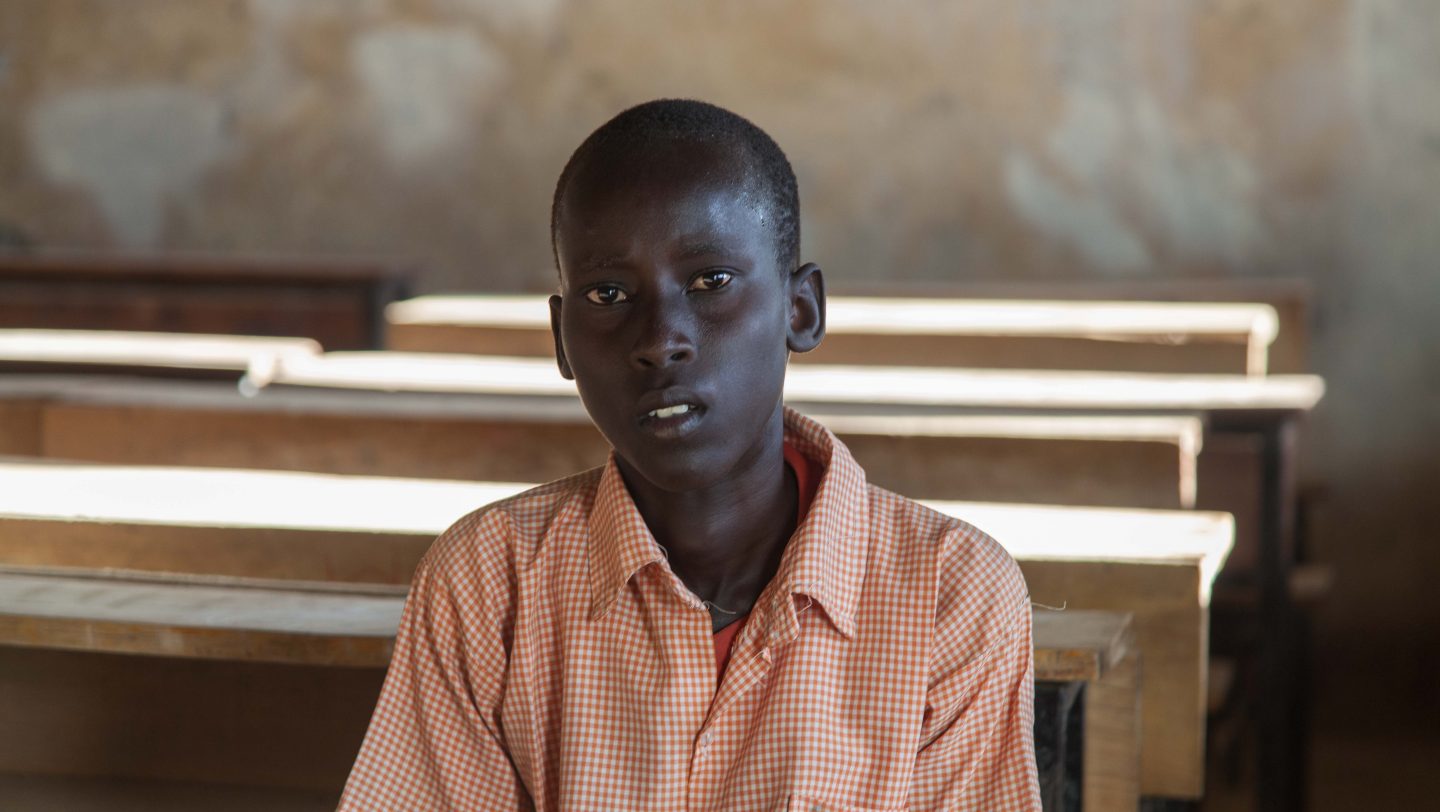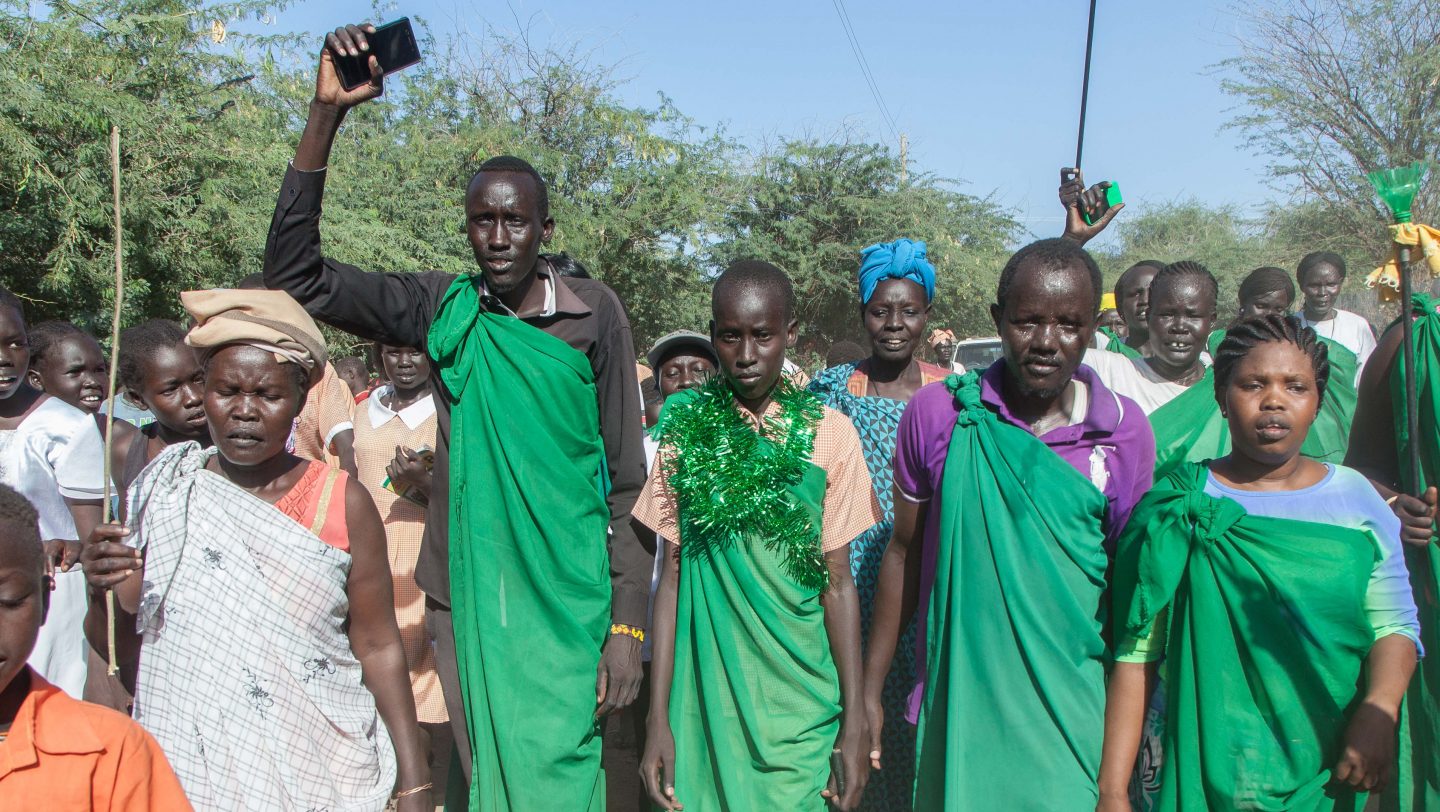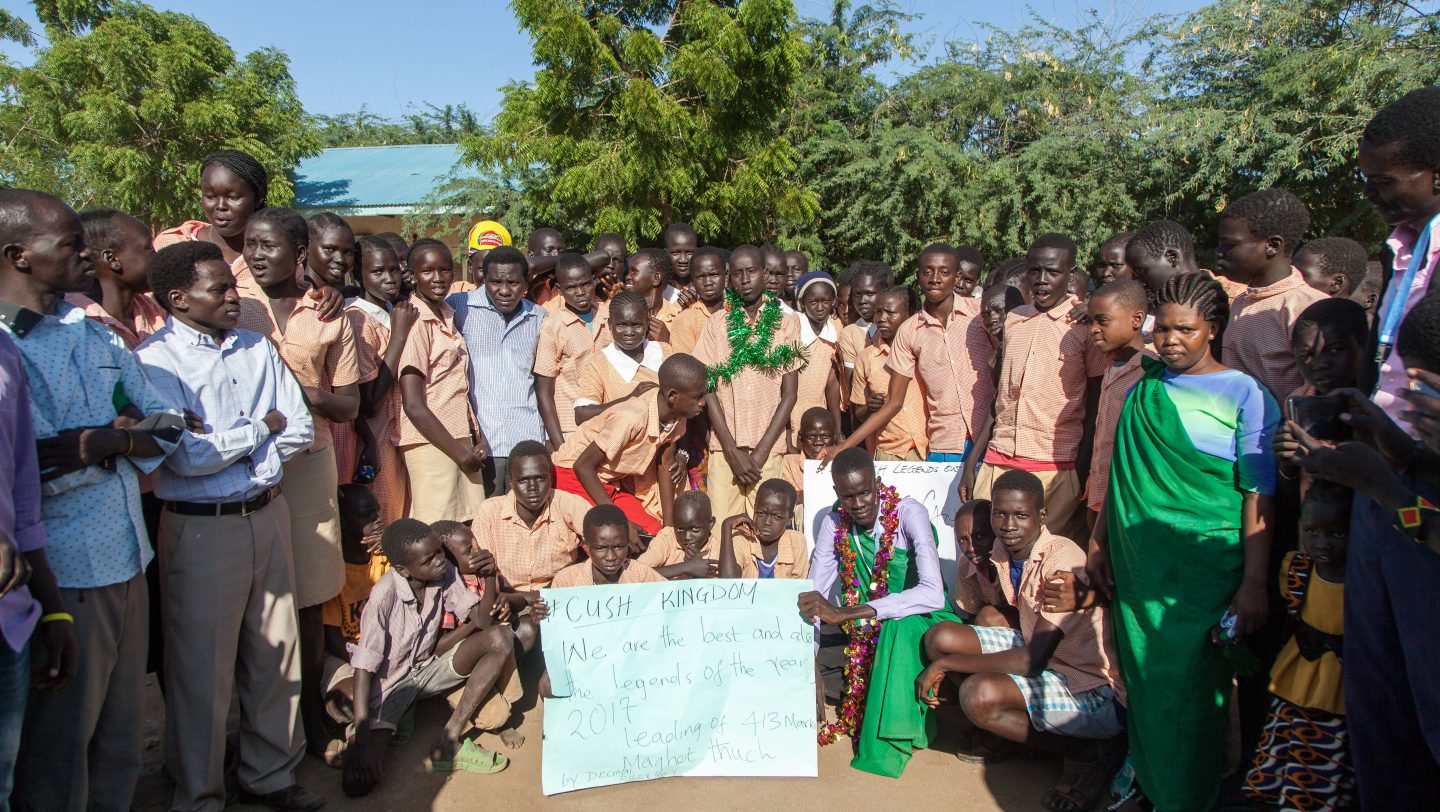Refugee students among top scorers in Kenya’s national primary school exams
“My classroom was overcrowded. I had to wake up very early to get to school as early 6.00am or 5.00am so that I could reserve my seat.”
Thousands of refugee students in Kenya have taken part in the country’s national primary school exams, known as the Kenya Certificate of Primary Education (KCPE). The exams were held at the end of October, nationwide, and in refugee camps across the country.
In Kakuma Refugee camp and the nearby Kalobeyei settlement students from 24 schools took part. They included 14-year-old Magot Thuch Ayii, a refugee from South Sudan who lives in Kakuma. Magot gained the country’s top result among refugee students in Kakuma getting 413 out of 500 marks.
Magot’s mother, teachers and fellow students at the Cush Primary School celebrated his results when they were announced by the Ministry of Education.
“I had no idea that I was the best student in Kakuma camp.”
Magot says, “I felt very happy when my headmaster called me and told me that I had scored 413 marks. I had no idea that I was the best student in Kakuma camp.”
Magot, a soft-spoken, hardworking and shy pupil, his teachers and friend say, was among nearly 5,000 refugee students in Kakuma and Kalobeyei who were tested.
Coming from a humble background, Magot, 1 of 7 children admits that he had to overcome numerous challenges to do well.
Magot proudly walks us to his classroom and shows us his seat at the front row desk of the classroom. “My classroom was overcrowded. I had to wake up very early to get to school as early 6.00am or 5.00am so that I could reserve my seat. Those who arrived at school late had to attend lesson from outside the classroom,” says Magot.
“I lost my father in 2015 back in South Sudan. Since then, my mother has had to toil hard to ensure we had food on the table. I am happy for the support that I got from her before and during the exams, my teachers – especially the head teacher, and the agencies.” He adds.
Magot’s aunt says, “We are happy with the work the teachers and the humanitarian agencies have done for our children. Magot is very young and through hard work and encouragement from teachers, he has done very well.”
UNHCR provides education to nearly 75,000 students in 24 primary schools in Kakuma.
Providing education for refugee children is a fundamental pillar of UNHCR, the UN Refugee Agency’s work in Kenya. UNHCR provides education to nearly 75,000 students in 24 primary schools in Kakuma camp and Kalobeyei settlement with the support of the Lutheran World Federation (LWF).
But the demand for education among refugees outstrips supply. More than 40% of primary age refugees in Kakuma who need access to education do not have it.
UNHCR Education Officer, Mohamud Hure says, “Despite the numerous gaps such as insufficient teaching and learning materials, untrained teachers and overcrowded classrooms, refugee learners like Magot perform exceptionally well.”
More than 40% percentage of primary age refugees in Kakuma who need access to education do not have it.
“Refugee learners have the potential to excel if they are provided with the right school environment and adequate resources.” He adds.
Magot says he wants to qualify as a doctor after completing his studies. “I want to be a doctor because I have seen so many people dying of so many diseases which have no cure. I want to help treat these diseases so that the people of my country could have a healthy life.”
Access to Kenyan secondary schools and limited scholarship opportunities continue to pose a challenge to best-performing refugees like Magot. The inclusion of refugee students in the national selection for secondary education is an area that needs advocacy since the cost of secondary education remains prohibitively high for refugee families.
Mohamed Hure says “With only 5 Secondary schools for refugees in Kakuma, educational opportunities are thin. This means many of the students who sat the exam, may not have access secondary education.”



